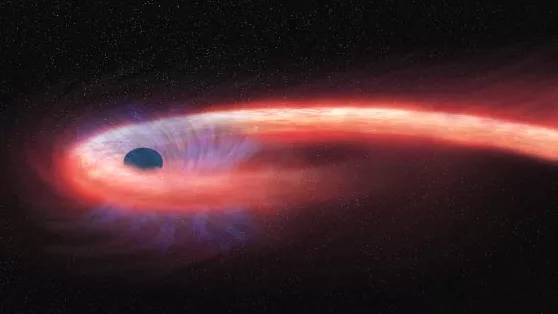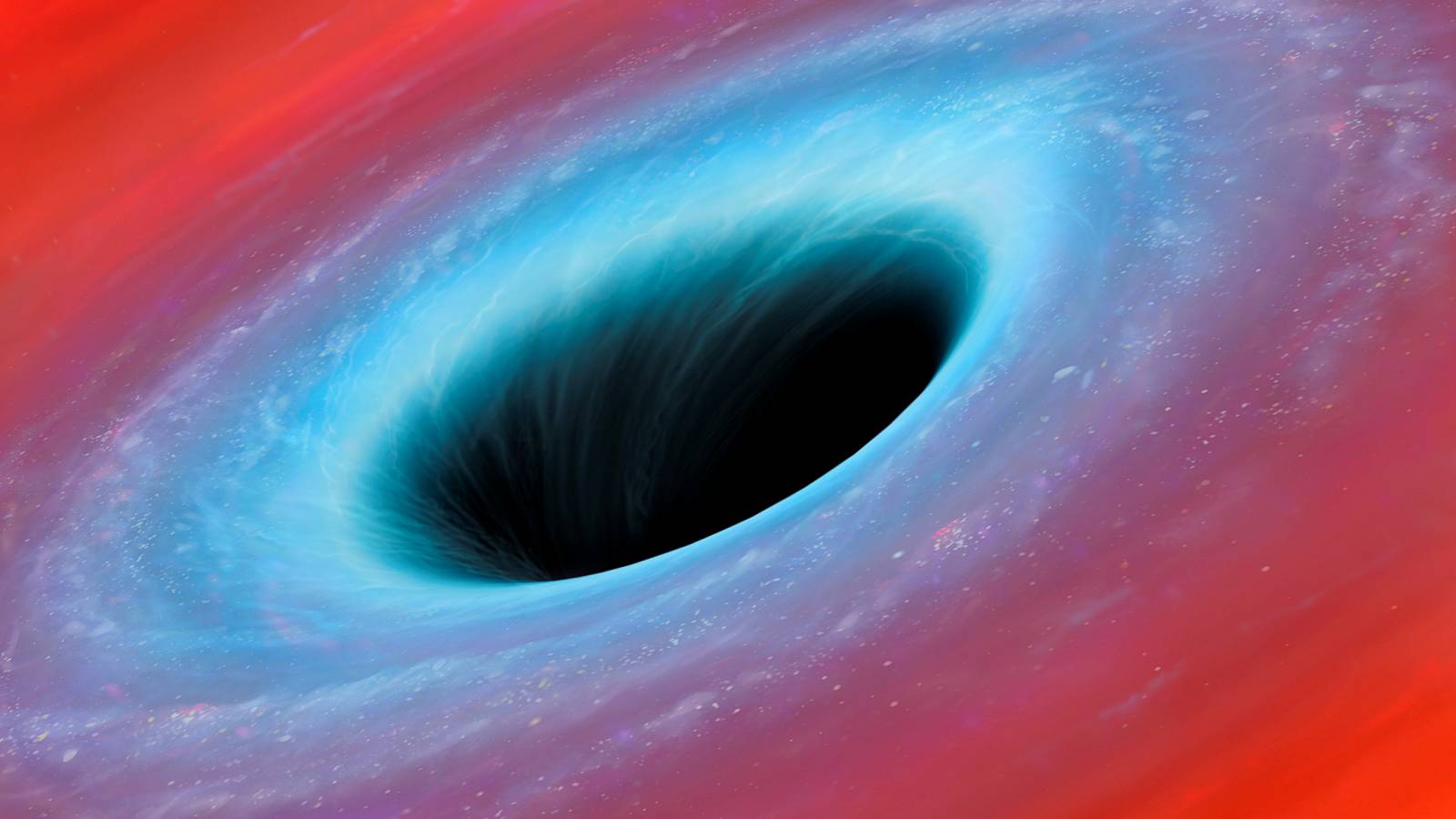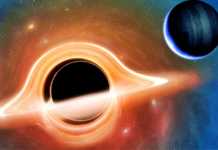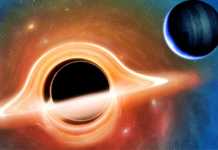The black hole remains one of the objects in the universe that still has many secrets hidden from scientists, and today we are talking about one of the unusual ones in the universe. Specifically, scientists managed to observe for the first time what they call a star that was transformed into spaghetti after an incursion with a black hole, a process that they have described in the past, but which only now they actually managed to notice him.
The black hole that destroys a star leaves around it the traces of the cosmic object that it disintegrated, and scientists compare these traces to a string of spaghetti that surrounds it. Scientists have repeatedly presented theories about this phenomenon, but those in the Netherlands have recently managed to observe how a black hole managed to destroy a star in such a way, and the confirmation that came from them is one quite impressive.
Black Hole: The Amazing First Observed by Researchers

The black hole, as you can see in the image above, is devouring a star slowly, slowly, tearing strips from its surface until there is nothing left of it, and the remaining materials surround it. A black hole has a very strong force of attraction, managing to completely destroy any kind of star or planet that comes close to it, something that happens everywhere in the universe, but is extremely difficult for researchers to observe.
The black hole destroys a star or a planet over a very long period of time, so we are not talking about a phenomenon that happens in a few hours or days, but over much longer periods of time. Scientists see these events with a delay because there are no black holes and stars near the Earth that have interacted in such a way in the recent period, so all these researches require a lot of time.
The black hole will still remain a very important element in the universe that scientists will research, and more important discoveries await us in the near future.

















